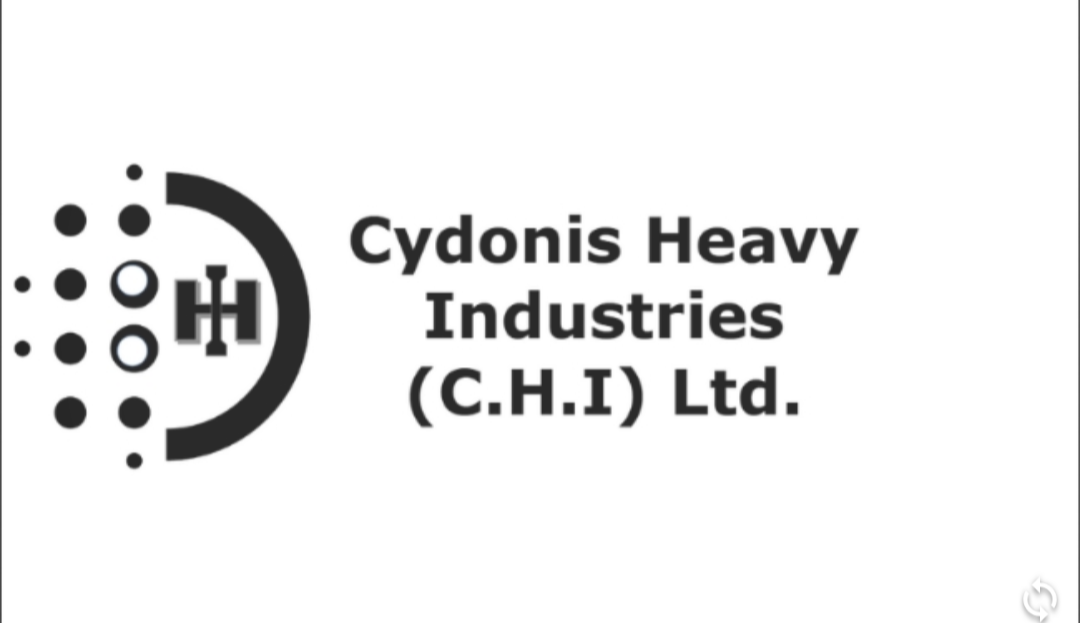
By Cydonis Heavy Industries.
Climate change is one of the biggest challenges we face, and a big part of that challenge is the excess carbon dioxide (CO2) in our atmosphere. While reducing emissions is crucial, what about the CO2 that’s already there? That’s where Direct Air Capture (DAC) comes in.
Think of DAC as a giant vacuum cleaner for the sky, sucking CO2 directly out of the ambient air. It’s a technology that’s gaining attention as a potential tool to help us combat climate change. But what exactly is it, and what does it mean for industries like yours?
The Upside: Why DAC is Promising
Direct Air Capture offers several compelling benefits:
- Removing Past Emissions: Unlike technologies that capture emissions at the source (like a factory smokestack), DAC can remove CO2 that has been accumulating in the atmosphere for years. This makes it a unique tool for tackling “legacy” emissions.
- Location Flexibility: DAC plants can theoretically be built almost anywhere there’s a power source and a place to store or use the captured CO2. This is a big advantage over solutions tied to specific geographies.
- Measurable & Verifiable: The amount of CO2 captured by DAC is directly measurable and can be verified, which is important for carbon accounting and markets.
- Potential for Permanent Removal: When combined with geological storage (where CO2 is injected deep underground and mineralises into rock), DAC can offer a permanent way to remove CO2 from the atmosphere.
- Scalability: While still in its early stages, DAC technology has the potential to be scaled up to remove significant amounts of CO2.
- A Source of CO2: Captured CO2 isn’t just waste. It can be used as a raw material for various products, including synthetic fuels (e-fuels), building materials, and in industries like food and beverage.
The Hurdles: Downsides & Technological Limitations
Despite its promise, DAC faces significant challenges:
- High Cost: Currently, capturing CO2 from the air is expensive. The concentration of CO2 in the atmosphere is very low (around 0.04%), so moving vast amounts of air and separating the CO2 requires a lot of energy and sophisticated technology.
- Energy Intensive: DAC processes require substantial energy. For DAC to be truly beneficial for the climate, this energy must come from low-carbon or renewable sources. If fossil fuels are used, it could negate the climate benefits.
- Technological Maturity & Scale: DAC is still a relatively young technology. While there are operational pilot and demonstration plants, widespread, large-scale deployment is still some way off. Significant innovation and investment are needed to improve efficiency and reduce costs.
- Land Use: Large-scale DAC facilities will require land, though generally less than some nature-based solutions for equivalent carbon removal.
- Storage Security: Ensuring that captured CO2, if stored geologically, remains permanently locked away is crucial. This requires careful site selection and monitoring.
- Moral Hazard Concerns: Some critics worry that focusing on DAC could distract from the urgent need to reduce emissions at their source, potentially giving polluting industries a perceived license to continue emitting.
Who’s Leading the Way? Key Players in DAC.
Several companies are pioneering DAC technology research and development. Some of the major names include:
- Climeworks (Switzerland): Known for its modular DAC systems and projects like “Orca” and “Mammoth” in Iceland, which store CO2 geologically.
- Carbon Engineering (Canada, acquired by Occidental Petroleum): Developing large-scale DAC technology, often with a view to using captured CO2 for synthetic fuels or permanent sequestration.
- Global Thermostat (USA): Focuses on DAC solutions that can be integrated with industrial processes or powered by waste heat.
- Heirloom Carbon Technologies (USA): Developing a process that uses minerals to pull CO2 from the air, aiming for lower costs.
- 1PointFive (USA, a subsidiary of Occidental Petroleum): Focused on commercializing DAC technology, including building large-scale DAC plants.
- Verdox (USA): Working on an electrically driven DAC system aimed at improving energy efficiency.
Cydonis Heavy Industries, Ltd. & The DAC Opportunity
For a company like Cydonis Heavy Industries, Ltd., the rise of DAC presents several potential avenues for engagement and benefit:
- Strategic Partnerships & Investment:
- Collaborate with DAC technology developers or project implementers. This could involve direct investment, joint ventures, or providing industrial expertise for scaling up DAC facilities.
- If Cydonis has access to low-cost renewable energy or waste heat, it could partner to power DAC operations, reducing a key cost component for DAC companies.

- Carbon Credit Trading & Offsetting:
- Purchasing High-Quality Credits: As pressure mounts for companies to decarbonize, Cydonis can purchase carbon removal credits generated by DAC projects to offset its own hard-to-abate emissions. DAC credits are often considered high-quality due to their permanence and measurability.
- Investing in Credit-Generating Projects: By investing in or co-developing DAC projects, Cydonis could secure a future supply of carbon credits or even become a seller of these credits in the growing voluntary carbon market, potentially creating a new revenue stream.
- Supply Chain & Infrastructure Development:
- Heavy industries often have expertise in large-scale engineering, procurement, and construction (EPC), as well as manufacturing complex components. This expertise could be valuable in building and deploying DAC plants.
- Cydonis could explore opportunities in developing or supplying specialized materials or equipment needed for DAC systems. The possibility of capturing other GHG’s (greenhouse gases, such as methane) for device feedstock also exists, (though our preliminary goal will be just CO2 as a starting point).
- Utilizing Captured CO2:
- Depending on Cydonis’s specific industrial processes, there might be opportunities to utilize captured CO2 as a feedstock.
- Enhancing Corporate Sustainability & Reputation:
- Engaging with DAC technology can significantly enhance Cydonis’s environmental credentials and demonstrate a proactive approach to climate change, appealing to investors, customers, and employees.
- Pioneering CO2 Disposal and Energy Regeneration (A Cydonis Specialty):
- Beyond conventional storage or utilization, Cydonis Heavy Industries, Ltd. is at the forefront of developing a revolutionary approach to carbon management. We are working on a patent-pending technology (details available under a Non-Disclosure Agreement) that utilizes a controlled nuclear fusion/micro-singularity process. This device is designed to take captured CO2, processed into large cylindrical pellets, and effectively annihilate it.
- This groundbreaking technology offers a potential game-changer for the DAC industry by providing a novel and potentially highly efficient way to deal with the “waste” CO2 captured by DAC companies, moving beyond long-term storage concerns for a portion of captured carbon.
- Furthermore, the process is designed to be regenerative. The significant waste heat generated by the device could be harnessed to drive steam turbines for electricity generation or be used for district heating, creating a closed-loop system that not only disposes of CO2 but also produces valuable energy. This positions Cydonis as a potential key partner for DAC facilities looking for innovative and comprehensive carbon management solutions.
The Path Forward
Direct Air Capture is not a silver bullet for climate change, but it’s a promising technology that can play an important role alongside aggressive emissions reductions. For forward-thinking companies like Cydonis Heavy Industries, Ltd., understanding and strategically engaging with the DAC sector now—especially with innovative, proprietary solutions—could offer both environmental benefits and significant long-term competitive advantages. Exploring partnerships, understanding the carbon markets, and identifying synergies with existing operations are key first steps.


